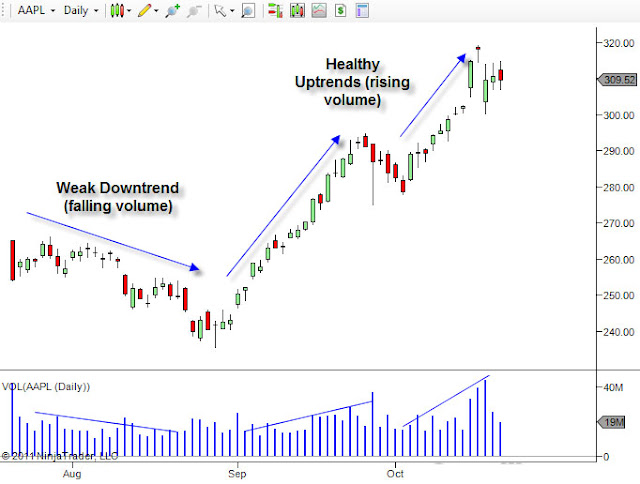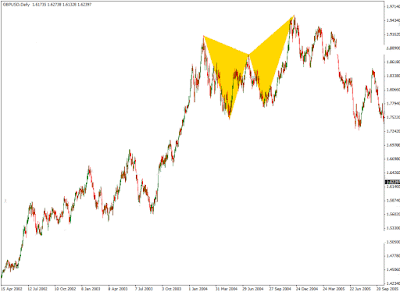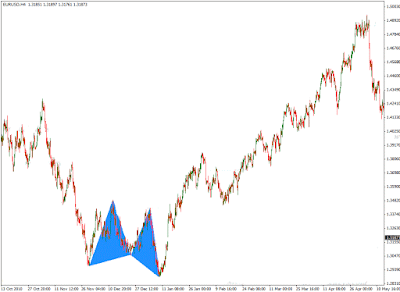Volume Analysis Patterns
Volume is one of the tools professional traders use to find clues about possible market movement as well as confirmations to trends.Volume data is most accurate in stock, future, and commodity exchanges. This is due to the fact that all of these are regulated exchanges. While most of the trading that happens on these exchanges is electronic nowadays, every order still has to be cleared with the exchange in the end, so no matter how large or small the quantity traded is, it is registered in the database.
In Forex trading things are different. Volume data is measured by how
many ticks are registered in time frame chosen in the chart. For those
who don’t know what a tick is, it is a transaction (filled order) made
in the underlying instrument regardless of the quantity traded. A
tick charts draws bars based on the predefined number of trades
conducted (if you have a 50-tick chart then each bar is closed at the
end of the 50th trade, regardless of how much time it takes to conduct
these trades. This means a transaction of 1 mini lot is a tick and a transaction of 10 standard lots (buying or selling 10 lots together as 1 single order) is also a tick.
With the absence of a single exchange that processes all orders in
Forex, each broker calculates volume based on their own ticks taken from
there trades database.
The bottom line is, the following patterns are best applied to stock
and future contracts and not of much value in the Foreign Exchange
trading.
To produce meaningful signals, volume is coupled with price data in these patterns.
Accumulation
Accumulation, which indicates that buyers are loading up on a certain
stock or a futures contract, is signaled by a slowing in the downtrend
(or price going nowhere) while the volume stays high.
Distribution
The opposite of accumulation is indicated by a slowing in the uptrend
(or price going nowhere), while volume stays high. Which means that
sellers are starting to takeover in the underlying market.
Confirmation of Trend
For a trend to be healthy whether it is an uptrend or a downtrend,
volume has to be increasing in each up or down swing. The volume data
acts as a confirmation of the trend in this case. A decreasing volume
means that the trend is nearing its end or at least about to stall.
Volume Spikes
Sometimes volume spikes, accompanied with other reversal signals with
gaps or candlestick patterns, signal the end of a decent run in price.
This can be very aggressive and needs extra precaution.
Breakout Signals
To gauge the interest and therefore determine the probable direction
of the breakout of a trading range, determine the trading range that you
want to monitor, then watch the overall volume in the duration of the
trading range.
Generally speaking, higher volume leading to the breakout (whether up or
down), gives more value to the breakout. There is also the
follow-through volume, which is high volume after the breakout has
occurred. This also adds to the strength of the breakout.
Notes of Precaution
- Volume is relative so when dealing with volume bars I found the best way to put things in context is drawing trend lines across volume bars. This helps understanding the story that volume tells.
- Volume signals aren’t enough by themselves, instead they act to confirm your other signals or refute them. Don’t rely on volume alone to produce signals.
























